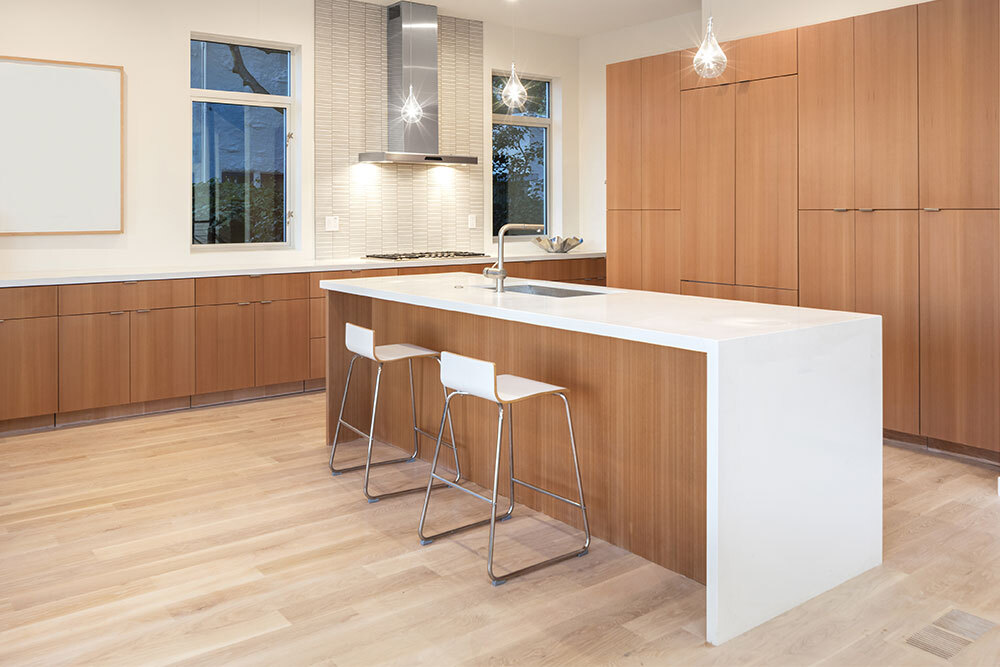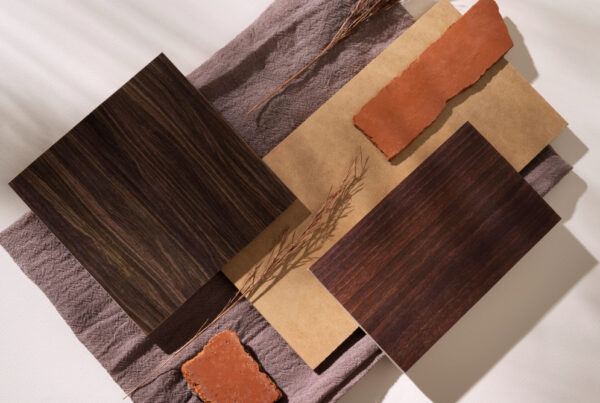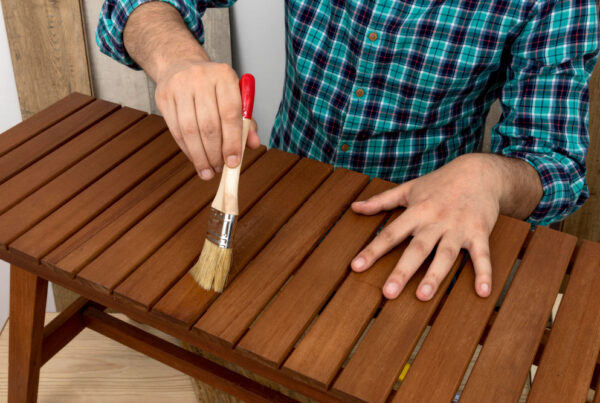When you have wood lying around the house, you’re prone to want to decorate. Whether it’s varnishing or straight-up painting, decorating the wood is the best way to protect it from water, rot damage, and temperature issues.
But, choosing the right kind of paint is an important part of the process. However, not everybody knows how to pick the right type of wood paint anymore. Unless you’re a master painter, you’re going to need some help.
Factors to Considers
The wrong paint isn’t just harmful to the construction but can also wear out the paint quicker and lead to greater expenses.
So, here are some factors to consider (apart from colour) before you choose your wood paint.
- Composition of the paint
- Type of wood you’re painting
- How much is the construction used?
- What are the elements it needs to weather?
- Is it used inside or outside?
- Does it have an old payer of paint?
- Do you want transparent or opaque wood paint?
Types of Wood Paint to Use
When it comes to opaque paints, there are three types to choose from:
- Alkyd
- Acrylic
- Oil
These differ in composition and the kinds of wood they can be used on. Choosing the right type of opaque paints for the type of wood you are using ensures the longevity of the paint and wood itself.
How to Choose the Wood Paint
Knowing the types of paint and the factors to consider isn’t enough. Here is a step-by-step guide on how to pick your wood paint.
What are the Paint Options and Their Sheens?
Each type of paint has a different benefit and a sheen. You can get:
- Flat/Matte
- Eggshell
- Satin
- Semi-gloss
- High-gloss
Typically, the more expensive the wood paint is, the glossier you go. Matte or chalk paint is one of the cheapest options for wood paint.
Find a Stain Blocking Primer
Organic compounds in wood called tannins tend to seep into the paint and create unsightly stains. While oil paints don’t stain as much, water-based paints do, and using a stain-blocking primer is the perfect way to prevent such staining.
The choice of primer depends entirely on the type of paint you’re using. Oil-based wood paints need an oil-based primer; latex paint needs a latex-based primer, and so on.
Types of Paint for Different Scenarios
Here is a quick list of scenarios and the best paint to use for them!
- Rarely Used Furniture: Traditional latex paint is a great option as it is cheaper, easy to tint, and a lot smoother.
- Distressed Furnishing: Opt for chalk or milk paint if you want a distressed, older look to your wood.
- Everyday Furnishing: If you need something rigid, long-lasting, and aesthetic for your everyday furniture, then try alkyd-based oil paints.
- Kitchen and Bathroom Cabinets: Since there’s a lot of exposure to moisture, opt for alkyd-based oil paint.
- Cabinets in Dry Areas: If you want an inexpensive, mostly fast drying option for dry areas, go for traditional latex paint.
- Standard Trim: The trimming around the home takes a lot of hits, so opt for a more rigid alkyd-based oil paint.
- Ornate Trim: Decorative trims can get by with traditional latex paint.
- Floors: Daily abuse means using something more rigid and hardy like alkyd-based oil paints.
Wrapping Up
It’s not easy to pick the right wood paint. After all, with all its options and pressure to choose the perfect one, it can be tempting to leave your wood as is. But, when you go through the steps and pick the wood paint according to requirement rather than aesthetic, you’ll have the perfect match!



